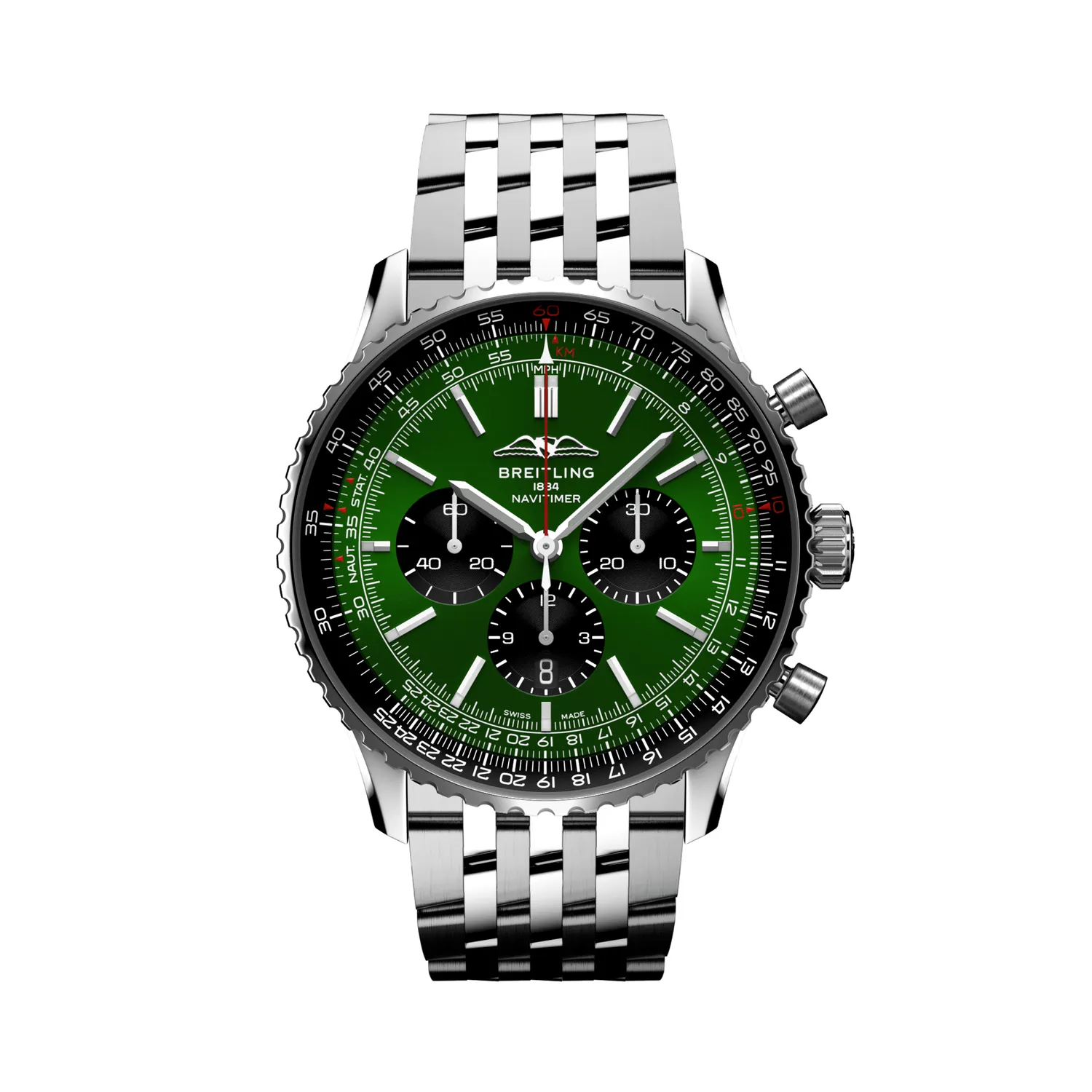





Watchmaking

Tudor
New watches 2025

Le gramme
Ruban
Chanel Première Chaine Gourmette Large Model Watch
Tank Must de Cartier XL Model Watch
41 mm steel case, self-winding movement, steel bracelet
Santos-Dumont de Cartier Watch Small Model
38 mm steel case, quartz movement, leather strap
Breitling Super Chronomat B01 44 watch
44 mm steel case, self-winding movement, rubber strap
Omega Chronoscope Chronograph Co-Axial Master Chronometer Watch
Omega Diver 300M Chronograph Co-Axial Master Chronometer Watch
Blancpain Fifty Fathoms Bathyscaphe Watch
Messika Wedding Ring Size 52 Diamond Paved Yellow Gold Move Joaillerie
yellow gold, white diamond


















Breitling
Breitling Navitimer B01 Chronograph Watch
46 mm steel case, self-winding movement, steel bracelet

Secure delivery offered to your home & in store
Your orders are delivered by secure transport. You can also choose to have your order delivered to the store and pick it up in our CAP 3000 store.

Secure payment in 3, 4 or 10 installments with Alma
Thanks to the ALMA payment solution, you can pay for your purchases in several installments.
.svg)
Gift wrap
Let us know if you would like gift wrapping or add a personalized note to your order.
Contact us Monday to Saturday from 10am to 8:30pm and Sunday from 1pm. to 7pm.
Contact : +33 (0)4 93 31 56 49
The Breitling Navitimer B01 Chronograph (46 mm) watch blends the elegance of its 46 mm steel case with the technical mastery of its in-house B01 movement. A symbol of aviation heritage, this iconic timepiece invites you to explore the Navitimer collection and discover the Chronograph series that has spanned seven decades.
To complete your style, browse our Breitling watches catalog or dive into the selection dedicated to Breitling men's watches, combining luxury and performance. Enthusiasts seeking refinement can also explore Breitling women's watches, available with free shipping and returns.
42 mm ceramic case, self-winding movement, leather strap
42 mm steel case, self-winding mechanical movement, steel bracelet
42 mm steel case, self-winding mechanical movement, steel bracelet
44 mm steel case, self-winding mechanical movement, steel bracelet
44 mm steel case, self-winding mechanical movement, leather strap
42 mm ceramic case, self-winding movement, leather strap
42 mm steel case, self-winding mechanical movement, steel bracelet
44mm black ceramic case, self-winding mechanical movement, leather strap

46 mm steel case, self-winding movement, steel bracelet
